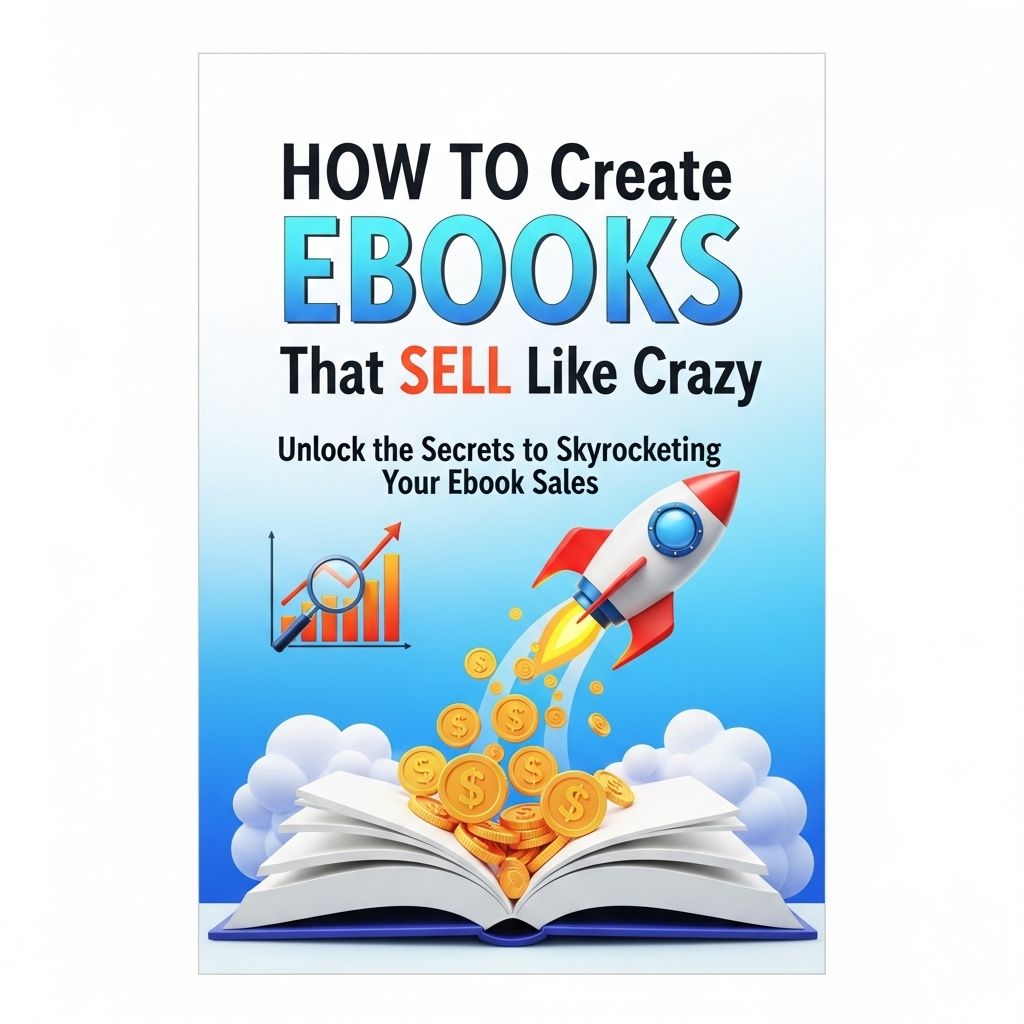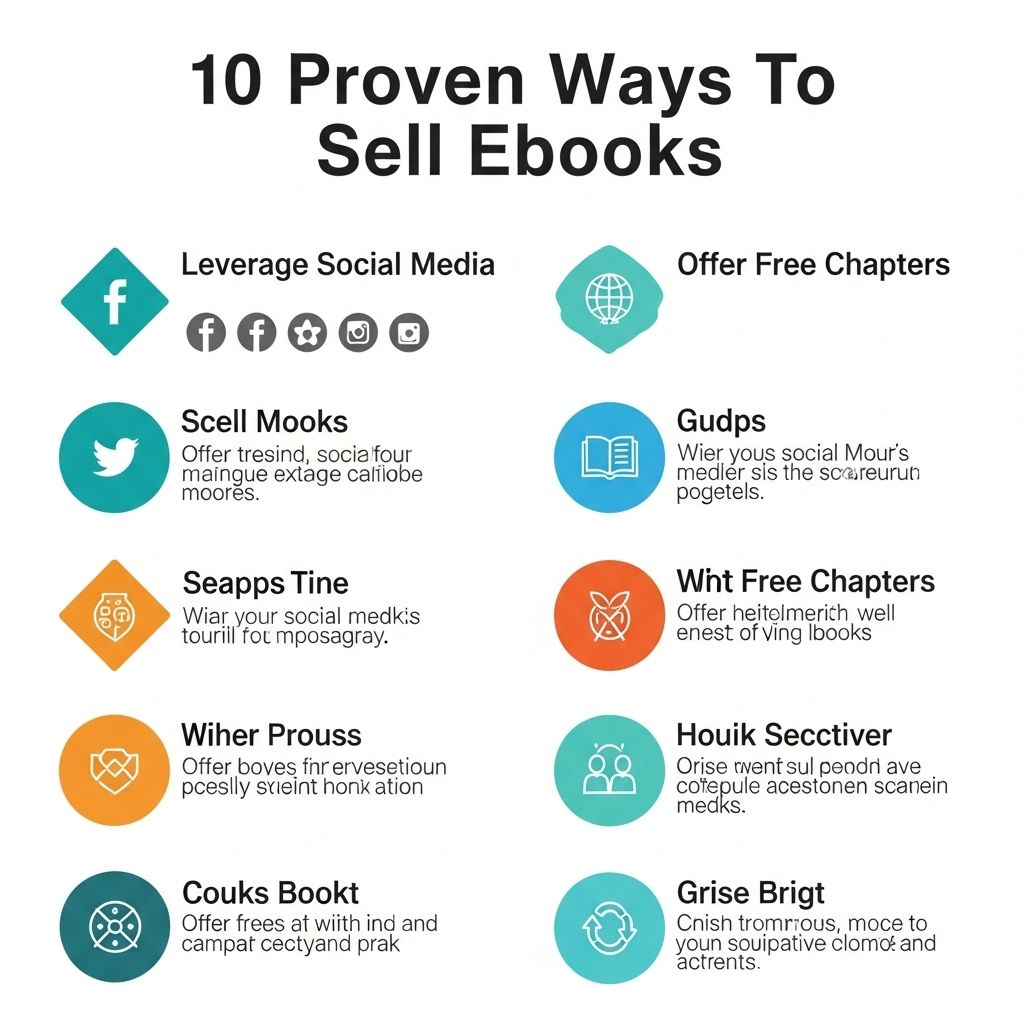In today’s digital age, eBooks have become one of the most lucrative ways to share knowledge, entertain, or promote a business. Whether you are an established author or a budding entrepreneur, knowing how to create eBooks that resonate with your audience is crucial. This article delves into the essential steps, strategies, and best practices to ensure your eBooks not only attract attention but also drive sales.
Understanding Your Audience
Before you start writing, it’s imperative to understand who your audience is. Knowing their preferences, pain points, and what type of content they consume will guide your writing and marketing strategies. Here are some steps to identify your target audience:
1. Conduct Market Research
- Use tools like surveys, interviews, or feedback forms.
- Analyze competitors’ eBooks and identify their target demographics.
- Utilize social media analytics to understand user preferences.
2. Create Buyer Personas
Develop detailed profiles of your ideal readers. Include demographics, interests, and challenges they face. This will help tailor your content to meet their needs.
Choosing the Right Topic
The topic of your eBook is critical to its success. A compelling topic not only attracts readers but also establishes your authority in that niche. Consider the following strategies when selecting a topic:
1. Identify Trends
Stay updated with industry trends. Utilize tools like Google Trends or BuzzSumo to discover hot topics that are gaining traction.
2. Solve a Problem
Focus on providing solutions. eBooks that solve specific problems tend to perform better. Consider questions within your niche that remain unanswered or problems that need innovative solutions.
Structuring Your eBook
A well-structured eBook enhances user experience and keeps readers engaged. Here’s a basic structure to follow:
| Section | Description |
|---|---|
| Introduction | Introduce the topic and outline what readers will learn. |
| Main Content | Divide this into chapters or sections based on subtopics. |
| Conclusion | Summarize key points and encourage readers to take action. |
| Resources/References | Provide additional reading materials or references. |
Writing Compelling Content
Your writing style plays a significant role in how well your eBook is received. Here are some tips to make your content more compelling:
1. Use Engaging Language
Avoid jargon unless necessary. Use a conversational tone that reflects your personality. Incorporate storytelling techniques to engage readers.
2. Incorporate Visuals
Images, infographics, and charts can break up text and make complex ideas easier to digest. Consider using:
- Images to illustrate concepts.
- Infographics to present data visually.
- Tables to compare information effectively.
3. Edit and Proofread
Ensure your eBook is polished and professional. Consider using tools like Grammarly or hiring a professional editor. A well-edited eBook builds credibility and trust with your readers.
Designing Your eBook
The design of your eBook is just as important as the content. A visually appealing eBook can attract more readers. Here are some tips:
1. Choose the Right Format
Common eBook formats include PDF, ePub, and MOBI. Each has its pros and cons:
| Format | Pros | Cons |
|---|---|---|
| Universal compatibility, preserves layout | Not easily editable, larger file size | |
| ePub | Responsive design, smaller file size | Limited compatibility on some devices |
| MOBI | Best for Amazon Kindle users | Less visually flexible |
2. Use Professional Design Tools
Consider using tools like Canva or Adobe InDesign to create visually appealing layouts. Ensure your eBook is easy to read with appropriate font sizes and spacing.
Marketing Your eBook
1. Build an Email List
Email marketing remains one of the most effective ways to promote your eBook. Here’s how to build and utilize your email list:
- Offer a free chapter or summary in exchange for email sign-ups.
- Regularly communicate with your subscribers about updates and promotions.
2. Leverage Social Media
Promote your eBook on platforms where your audience hangs out. Use engaging visuals, quotes, and even short video teasers to attract attention.
3. Consider Paid Advertising
If your budget allows, consider targeted ads on social media or Google Ads. Focus on precisely targeting your audience to maximize ROI.
Analyzing Performance
After launching your eBook, it’s crucial to monitor its performance. Here are some metrics to consider:
1. Sales Numbers
Track how many copies are sold over a set period. This can help you understand the overall success of your marketing strategies.
2. Customer Feedback
Encourage readers to leave reviews. Analyze feedback to identify areas of improvement for future eBooks.
3. Engagement Metrics
Monitor open rates for your email campaigns and engagement levels on social media posts to gauge interest.
Continuous Improvement
The digital landscape is always evolving, and so should your eBook strategies. Regularly refine your approach based on audience feedback and market trends. This proactive attitude will keep your content relevant and in-demand.
In conclusion, creating eBooks that sell like crazy requires a blend of understanding your audience, crafting compelling content, designing effectively, and marketing strategically. By following these outlined steps, you can ensure that your eBook not only reaches your target audience but also resonates with them, ultimately leading to higher sales.
FAQ
What are the key elements of an eBook that sells well?
A successful eBook typically includes a captivating title, engaging content, a professional design, and effective marketing strategies.
How do I choose a profitable topic for my eBook?
Research current trends, identify your target audience’s needs, and explore niches where you have expertise or passion.
What formatting options should I consider for my eBook?
Consider using popular formats like PDF, ePub, or MOBI to ensure compatibility across various devices and platforms.
How can I effectively market my eBook?
Utilize social media, email marketing, and partnerships with influencers, along with SEO strategies to increase visibility and drive sales.
Should I offer a free sample of my eBook?
Yes, providing a free sample can entice potential buyers and showcase the value of your content, increasing the likelihood of sales.
What pricing strategy should I use for my eBook?
Research similar eBooks in your niche and consider pricing competitively while also factoring in your target audience’s willingness to pay.




